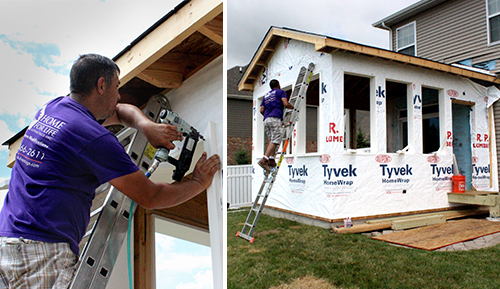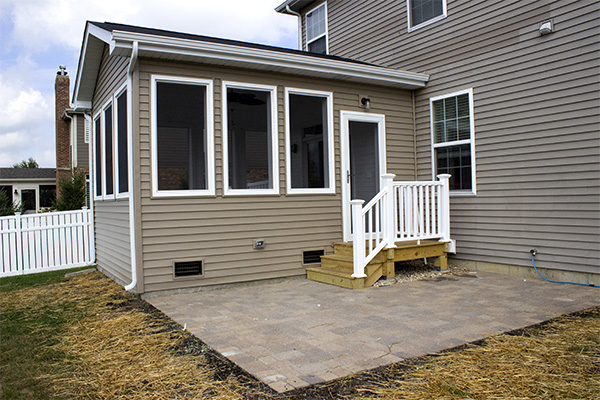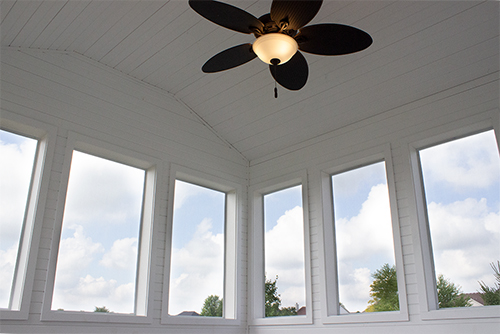-
 18
18SEP, 18
-
Labor Shortage is the New Buzzword: Why Blue-Collar Workers are Lacking in the Trades
Is there a labor shortage? Why skilled laborers are lacking and what the industry should do to get them back.What is a Labor Shortage
Labor Shortage is the new buzz word. The U.S. is seeing traditional sectors, like construction and manufacturing, struggling to find skilled workers. Factors such as the college boom and retiring baby boomers are creating a gap between available workers and those wanting to be employed in the trades.
Journalists reporting on the shortage reiterate that this is not a true shortage. A shortage occurs when the demand for goods and services exceeds the supply. As one outlet points out, if this really was the case, wages would be skyrocketing. The increase of wages would drive employment in these blue-collar industries. However, the wage increase we saw over the past few years was minimal. So even though there is a shortage, there is no economic evidence to prove there is one.
Labor Scarcity is Scary
What is really happening, then? Skilled laborers are scarce. It’s not the overall population of blue-collar workers, it’s the skilled laborer that’s missing. When the college boom hit, recent high school graduates were choosing to attend college rather than trade schools. Because of this combined with retiring tradesmen, the gap rose to a point where there is now a shortage.

Three-season room built by the Upscale Remodeling crew - Team made of skilled laborers.
Image Source: Upscale RemodelingEducation is the First Step to Fighting the Labor Shortage
Education is key to combatting the subsequent worker gap. Teaching students to look for career opportunities in the trades will help encourage interest in the skilled labor fields. It’s not only teaching them what paths are open, it’s also teaching them the value of being a skilled laborer and how it effects the rest of the economy.
Without the skilled laborer, the cost of work will continue to increase – especially for laborers who are experts in their field. Quality craftsmanship becomes even more scarce with the loss of workers. Project times increase to a rate where the client is frustrated that their kitchen is taking twice as long as they expected.
The occasional “chuck and his truck” will attempt to sell you on work, but it’s no comparison to paying for someone who is an expert. A skilled laborer is trained as an expert in his or her trade. For construction, it’s very important to hire someone who has been trained in the industry. They build to last, and with more of them around, it means reasonable timing for projects to be completed.
Chicago Leading the Way to Training Skilled Workers
Chicago is on the forefront of educating students about having a career in trades, according to WGN Chicago. The NAHB is also stepping up alongside more than 300 companies promising to educate and train 12 million new tradesman over five years. The NAHB and its organizations will work over these five years to create 50,000 new workers. This is a start to refilling the bank of tradesman with a projected 2.4 million new workers across the country each year of that allotted five.

This cedar sunroom received painted walls courtesy of our sub-contracted painters.
Image Source: Upscale RemodelingFighting the Good Fight
This is only part of the battle. The second part is retaining these workers. Offering proper wages for their skills will encourage them to stay in the trades.
The unemployment rate currently sits between 2-3%. Clinton was the last president to oversee the U.S. with rates as low as today, said one source. With this, it’s shocking that labor shortage is even being thrown around. There are more jobs available than workers seeking them. Wage plays a huge part in why Americans are choosing to not be employed or are searching for alternative employment opportunities. Low-paid trades such as health care support, manufacturing and transportation seem to be hit the hardest.
Value-Based Compensation
As for construction, skilled workers are highly valuable. Consumers are more likely to pay for services that they see as valuable. Think about: You go to a shabby restaurant with mediocre food, you expect to pay low prices. If the food is expensive, you’re not likely to want to pay those high prices will have buyer’s remorse. On the other hand, you go to a five-star restaurant with amazing food, you’re satisfied paying high prices because the food was worth it.
Proving your craftsmen and workers are the best in the business will not only lead to more clients, but they will be more likely to understand why your costs are higher than some schmuck off the street labeling themselves as a “handyman.”

This Universal Design shower was custom-made. Skilled laborers are taught how to build according to the client's needs. Image Source: Upscale Remodeling The cost of construction should rise in order to maintain a level of skilled employees to perform the skilled work that is demanded. Because the skilled laborer is in short supply, companies will have to pay up and raise their prices to attract the best people in construction.
Help Your Client Understand Quality is Worth the Cost
Quality counts. It also has its own costs associated with it. Paying the best in the business will keep them in the business. They have a unique, highly sought-after skill set and should be compensated with that in mind. Rapid wage growth and job satisfaction is looking better and better for blue-collar workers, according to Gad Levanon, lead report author and Chief Economist of North America at The Conference Board.
Is There a Labor Shortage, then?
So, is it really a labor shortage? If it is, the industry has the power to influence whether the shortage continues or begins to tick back upward. Education and proper compensation will create and retain blue-collar workers. Changing the social mindset of who a trade worker is will also encourage students to consider a trade as a career path. Tradesmen and tradeswomen are trained, educated, skilled workers building America. Literally.









